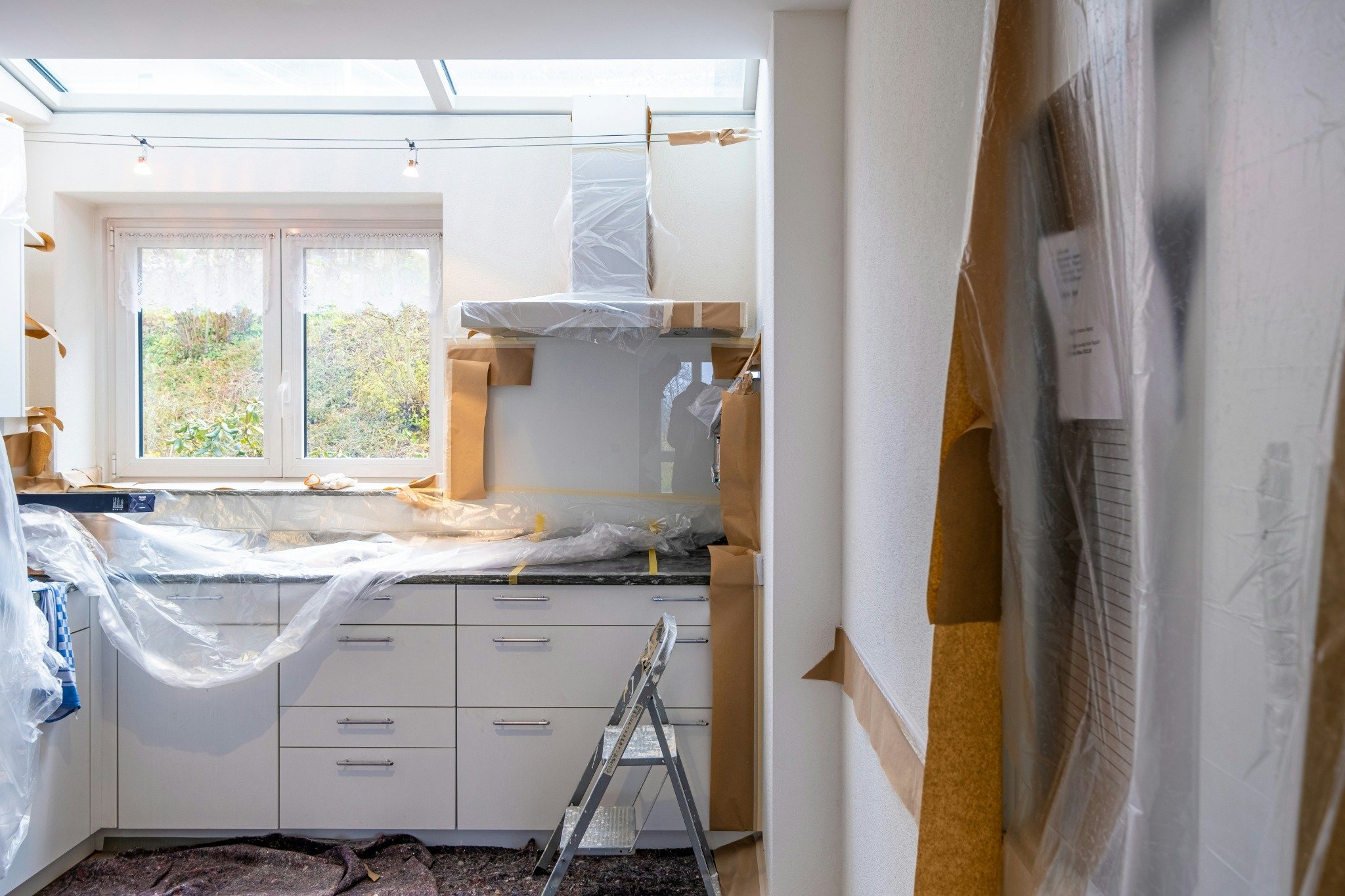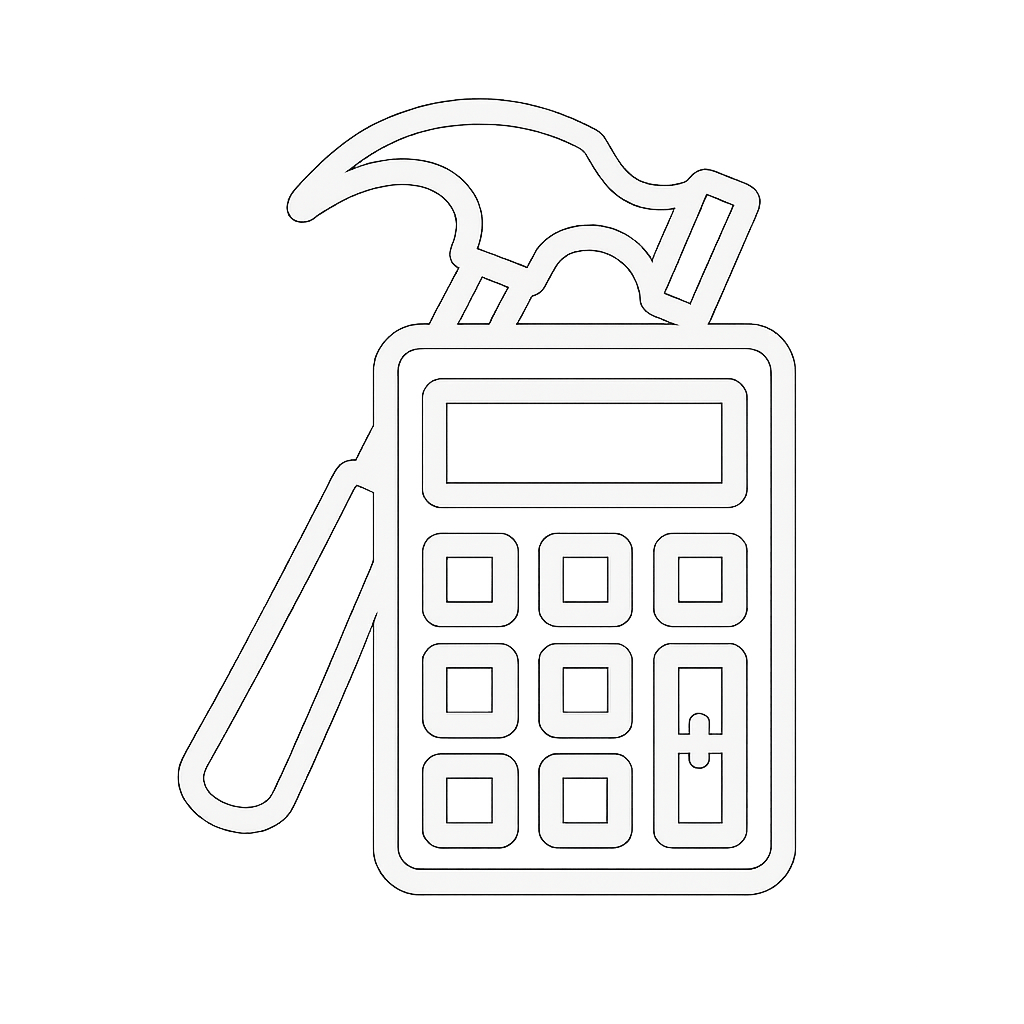
Results
Understanding Your Concrete & Mortar Project
Our Concrete & Mortar Calculator helps you estimate the volume of concrete or mortar needed for various applications, from pouring a small slab to laying bricks. Accurate volume calculations prevent waste and ensure you have enough material for a strong, durable result.
Concrete & Mortar Tips for a Strong Finish:
- Measure Accurately: Double-check the dimensions of your area (length, width, depth) to ensure precise volume calculation.
- Account for Waste: It's wise to add a small percentage (e.g., 5-10%) for spills, uneven subgrades, or over-excavation.
- Proper Mixing: Follow the manufacturer's instructions for mixing ratios of concrete/mortar, water, and aggregates. Consistency is key for strength and workability.
- Curing is Crucial: Properly cure concrete to achieve maximum strength and durability. This often involves keeping the surface moist for several days after pouring.
Concrete & Mortar Calculator FAQs:
- What's the difference between concrete and mortar?
- Concrete typically contains cement, water, sand, and gravel/crushed stone (coarse aggregate). Mortar is usually a mix of cement, water, and sand (fine aggregate), used to bind bricks or stones.
- How do I convert cubic feet to bags of concrete?
- The yield per bag varies by brand and mix type. A common 80lb bag of ready-mix concrete yields about 0.6 cubic feet. Our calculator uses a typical average, but always check the bag's specifications.
- Do I need to add rebar or mesh?
- For slabs and structural elements, reinforcement like rebar or wire mesh is often necessary to increase tensile strength and prevent cracking. Consult local building codes and engineering guidelines.
- Can I mix concrete by hand?
- For small projects, hand-mixing in a wheelbarrow or tub is feasible. For larger volumes, renting a concrete mixer will save time and effort and ensure a more consistent mix.
